In the past, crafting and DIYs were the pass time of grandmas and childrens after school clubs. But now young creatives are bringing together technology, entrepreneurism and the joy of creating something with your own hands. Part of the maker culture is Alexander Kvasnicka and his origami inspired paper crafting brand Katokami. I talked to the man behind the polygonal flower pots about everything from the value of working with your hands to the (surprising) qualities paper offers to the craft. 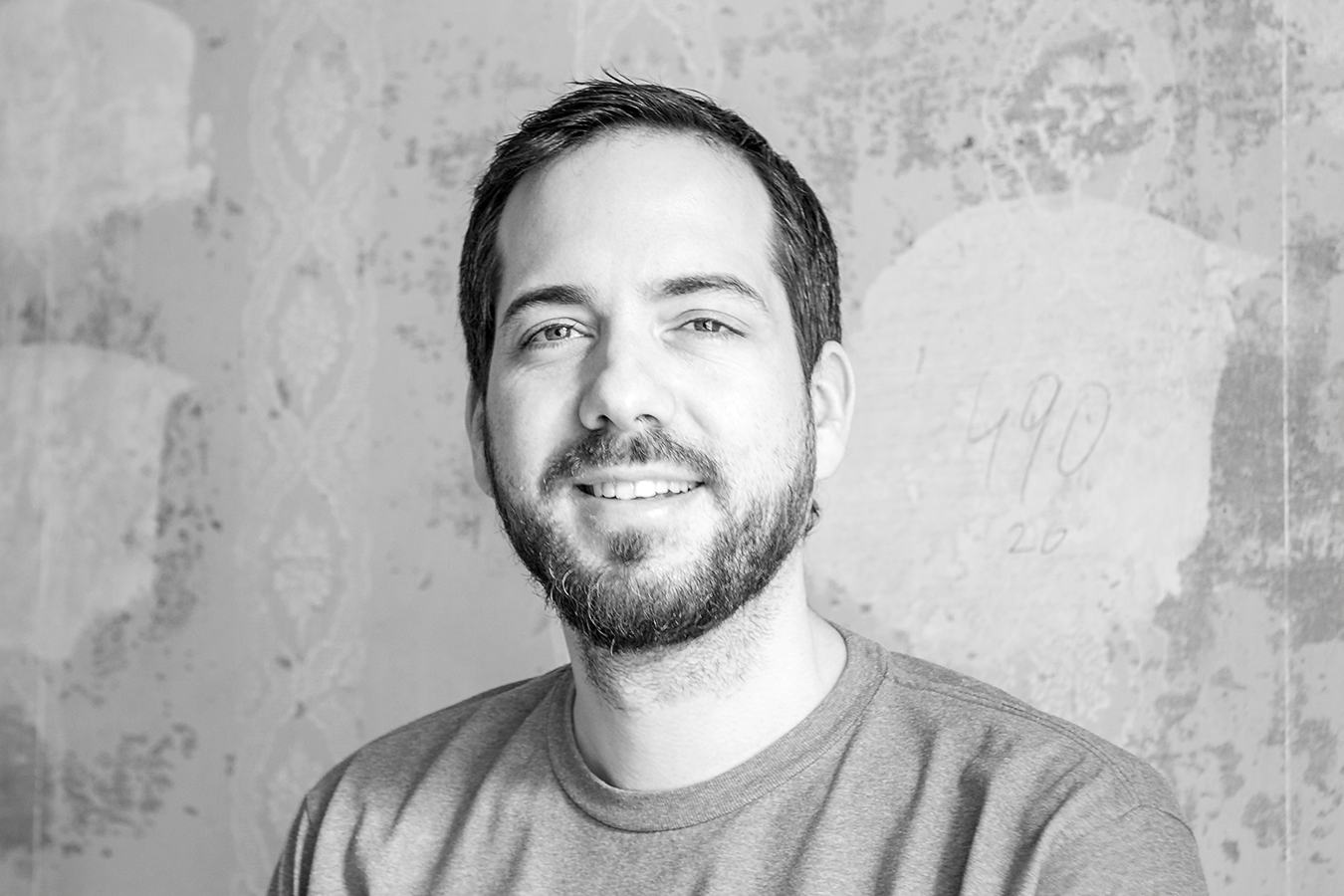
Design&Paper: Would you start off by telling who you are and what Katokami is?
Alexander Kvasnicka: My Name is Alexander Kvasnicka, a digital artist and designer who lives and works in Vienna, Austria. A while back I started to design and create paper sculptures for fun. The feedback was great and people really liked the designs, so I decided to start my own papercraft label called Katokami.
Katokami is Japanese and (roughly) translates to “cut paper”. The name and overall style of Katokami is inspired by Asian paper culture, like Origami and Kirigami for example. Simple, reduced shapes and modest use of colour are main characteristics. Like with Origami, the central idea behind Katokami is the do-it-yourself spirit. “The way is the goal” so to speak. The main difference to Origami is that here you are not solely limited to folding. Instead the use of scissors and glue is welcome. The broad term for this technique is “papercrafting” and it makes the construction of complex shapes a lot easier. In short, you start with a set of paper sheets that have a certain template printed onto them. Different markers tell you where to cut, where to fold and where to glue. So step-by-step you combine smaller pieces of paper into one big, three-dimensional object. And there’s no limit of what those objects can look like: airplanes, buildings, animals, flowers, you name it.
As it turned out, I had to improve and upgrade this classical approach considerably so that it’s more appealing to a modern audience and not only to the hardcore papercraft fans. Now all Katokami kits are pre-cut and engraved and come with illustrated instruction manuals. People who are completely new to papercrafting or have (self proclaimed) two left hands can easily put together one of my kits with a bit of glue and a little patience.
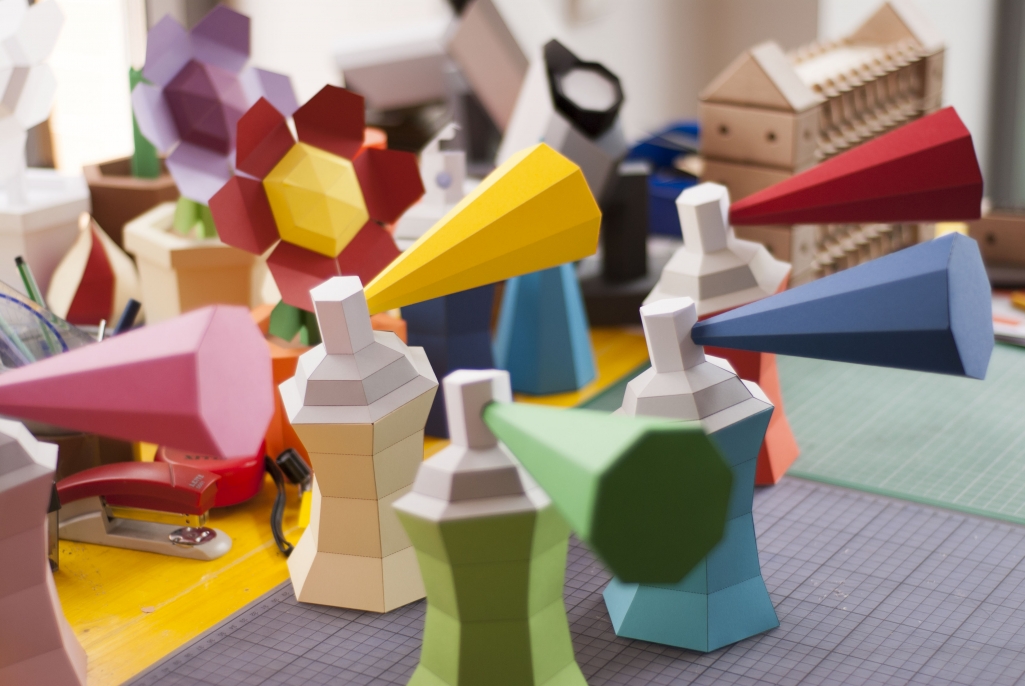
D&P: Your aim is to bring digital creations to life, how was this idea born?
A.K.: I have a background as 3D artist and therefore I am used to create all kinds of graphical assets for different media. It’s like building with Lego, only on a computer. But looking into a computer screen while using a mouse or tablet is not the same as putting something together with your own hands. So one day I had a gift idea for my sister, a flower made of paper that always blooms and never has to be watered. I remembered the paper airplanes and castles I assembled as a kid and looked for ways to design such paper models. This is how I found out about papercrafting and how it’s done. And this first flower still exists after eight years now, despite a few cat attacks.
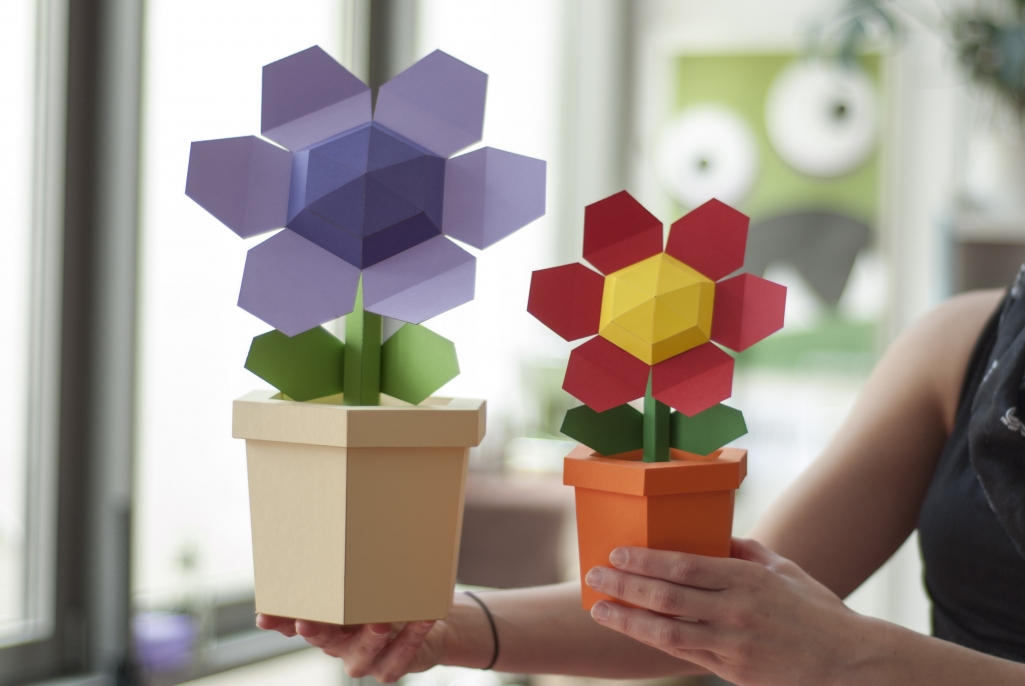
D&P: That just goes to say how often it’s the smallest of things that lead us to bigger projects. What inspires you and how do you decide the objects you create for Katokami?
A.K.: Anything really. Nature, everyday life, pop culture, street art, videogame culture, etc. Most of my designs are based on real things and objects because I love the idea of taking something out of a virtual environment or a videogame and place it in a real environment.
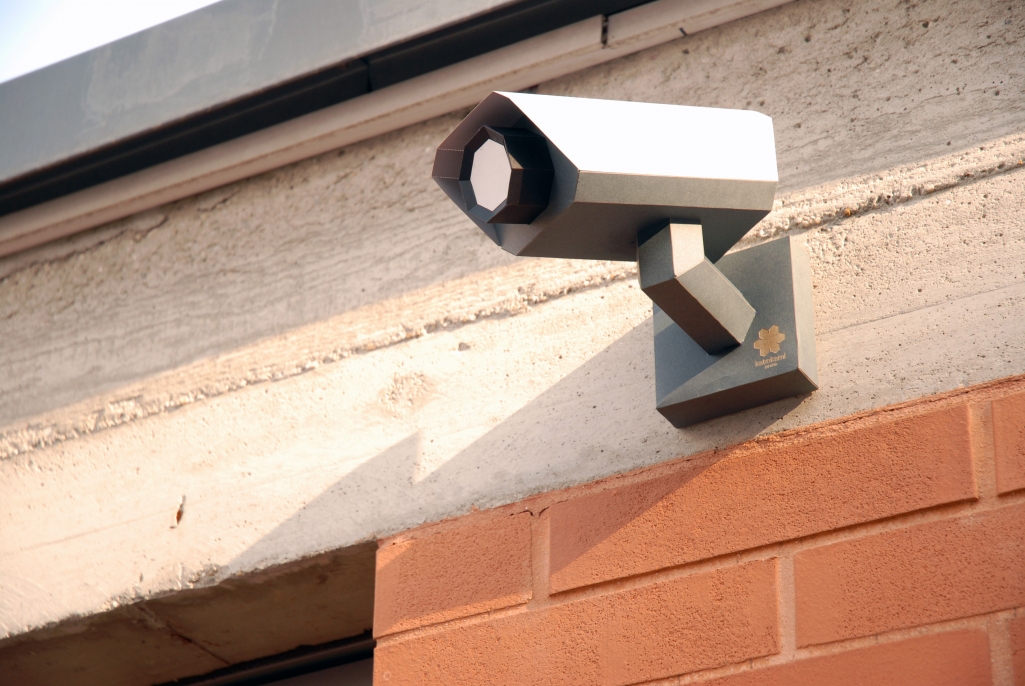
D&P: Would you talk us through your design process. How does the original idea transform into the final product?
A.K.: The first step is to create a three-dimensional object with the help of 3D-modeling software. The challenge is to use as little detail as possible but at the same time make the objects easily recognizable. After the shape of an object is finalized, I define a color scheme. Then I use the famous “Pepakura Designer” to virtually unfold and flatten the three-dimensional shapes into flat, printable templates. This tool helps immensely, but there’s still a lot of handwork and prototyping involved to optimize and fine tune the templates. Usually it takes 2-4 iterations to get it all right. Then it’s time for the most time-consuming step, designing the instruction manuals. To make sure the instructions are clear, I ask uninitiated friends to come in and give the new kit a try to see if they run into hurdles or difficulties. I always try to keep in some level of challenge but I have to get rid of potential dead ends. When all is set, I finalize the designs for the instructions and packaging and voilá, a new Katokami kit is born.
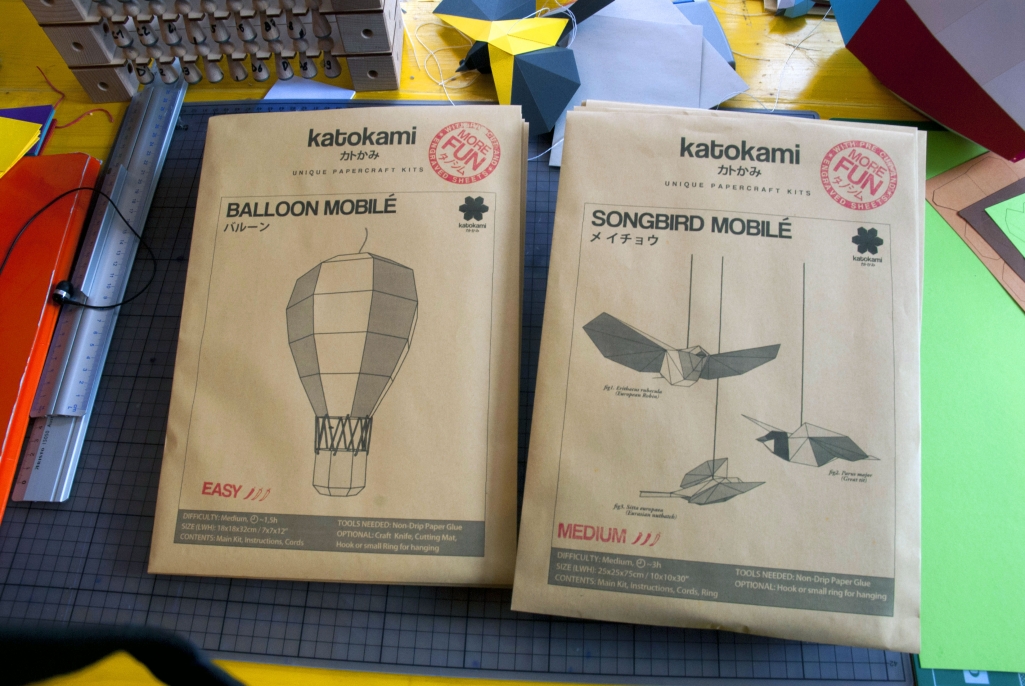
D&P: Process vs. end product. Is the one that hold in greater value?
A.K.: For me personally the process of assembling a model is the most fun part. Luckily I get the same feedback from friends and customers. It’s a great way to switch off for a while and concentrate on one thing alone – it’s a trance like state comparable to laying a puzzle. People sometimes ask me if they can acquire one of the assembled models and I tell them that they would miss out on the best part. I put a lot of time in optimizing the kits and in the design of the illustrated step-by-step instructions to make sure that the crafting experience is as enjoyable and satisfying as possible.
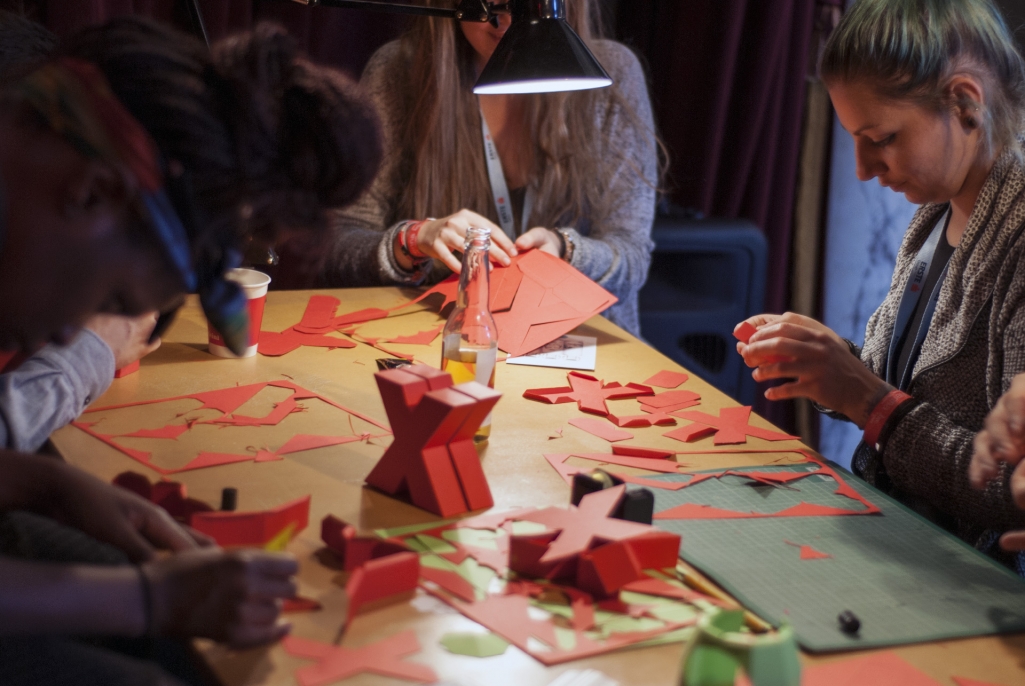
D&P: And what does paper mean to you as a material?
A.K.: Paper is a great material to work with for many reasons. First of all, it’s fairly affordable and at the same time very versatile. Another thing I really love about crafting paper is its matte texture and how it reflects light. Especially for my polygonal, angular designs it really helps to convey their simple, yet easily recognizable shapes. Also the fact that you can use a little bit of glue and scissors to quickly transform flat sheets of paper into something completely different is awesome. I have seen so many great and beautiful things people all around the world create out of paper, it’s amazing!
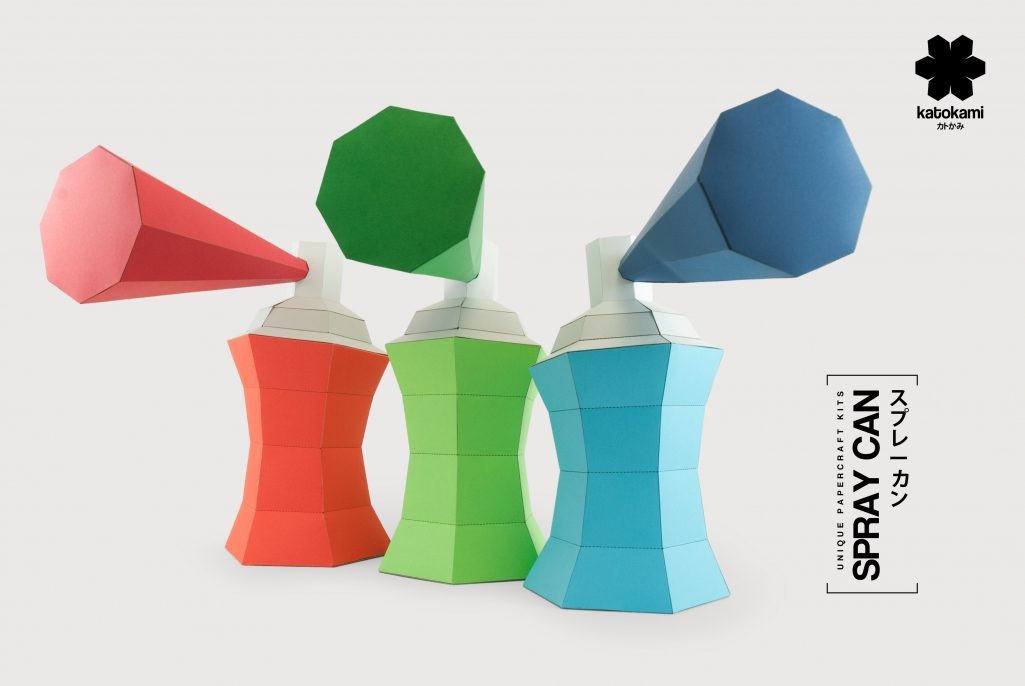
D&P: What kind of city is Vienna for a creative person to Iive and work in?
A.K.: Vienna has a large creative community and a lot of interesting things are happening here. One trend for example is the continuing success of pop-up stores and design markets all over town. I already lost track of how many there actually are. This growing community consists mainly of people who have (or had) their day jobs and tried something else on the side. It’s amazing to see what people come up with when nobody tells them what to do. But at the same time Vienna is not the cheapest place to live and produce in. So it’s challenging to buy and produce locally and offer a competitive price at the same time.
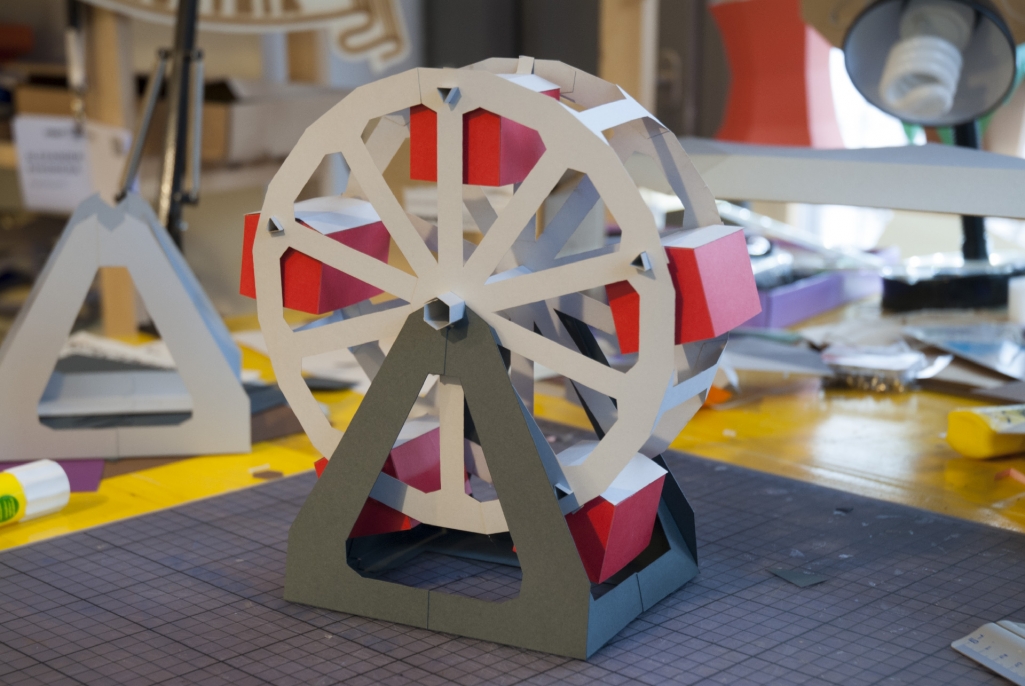
D&P: As so much of our lives are online these days, how important do you see the crafts we do with our hands?
A.K.: There’s nothing wrong with spending time online and being social and creative with the help of a computer, tablet or mobile phone. In the western society “survival” depends more and more on honing computer skills anyways. But sometimes it’s good to log off and take a step outside. Take a walk, go and see new places, meet people in real life and use your hands for more than texting and putting food in your mouth. At least to me physical crafting is so much more satisfying. It’s a connectedness you do not have when looking into a screen.
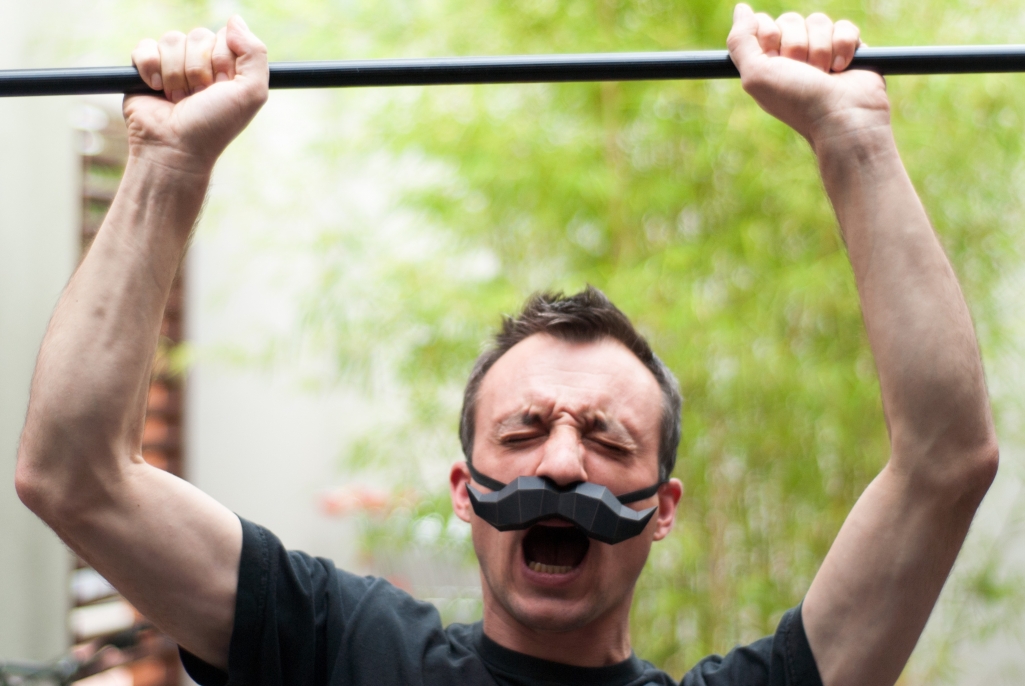
D&P: And what would be your tips for anybody assembling a Katokami design fro the first time?
A.K.: There’s really only one thing you should keep in mind while assembling a Katokami kit: take your time. Putting together a kit keeps you busy for an hour or two easily. So you shouldn’t be in a rush when you start. Get a crafting knife and some glue, put on some nice music and ease into the crafting experience… you’ll enjoy it!
D&P: What will be the next Katokami design?
A.K.: My next design will be the Vienna Giant Wheel (or Wiener Riesenrad) and it’s the result of a collaboration with Vienna in a Box, a new start-up from Vienna. I’m working on the last touches right now so it will be available soon. Oh, there will be big birds coming soon as well!
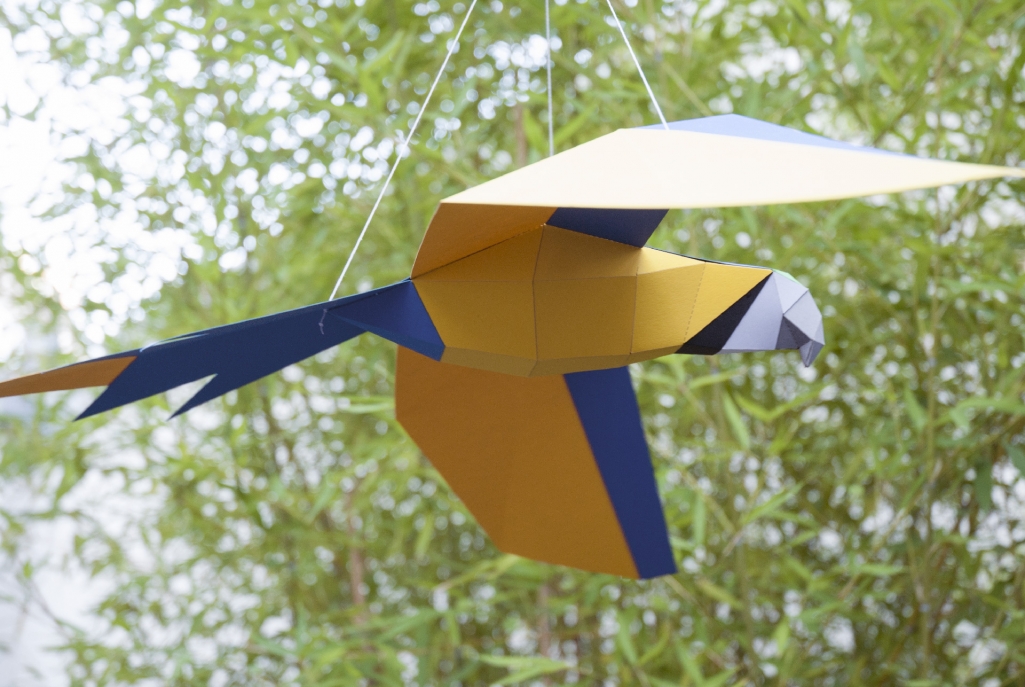
D&P: Oh that sounds very cool! The infamous Riesenrad happens to be one of my favourite spots where I take my friends when visiting the city. What’s your favourite spot in (our shared home town of) Vienna?
A.K: There are many spots I like in Vienna. But maybe the Green Prater is my favourite place. When it’s warm outside I enjoy (literally) hanging out there in my hammock to read, listen to music and let my mind drift away.
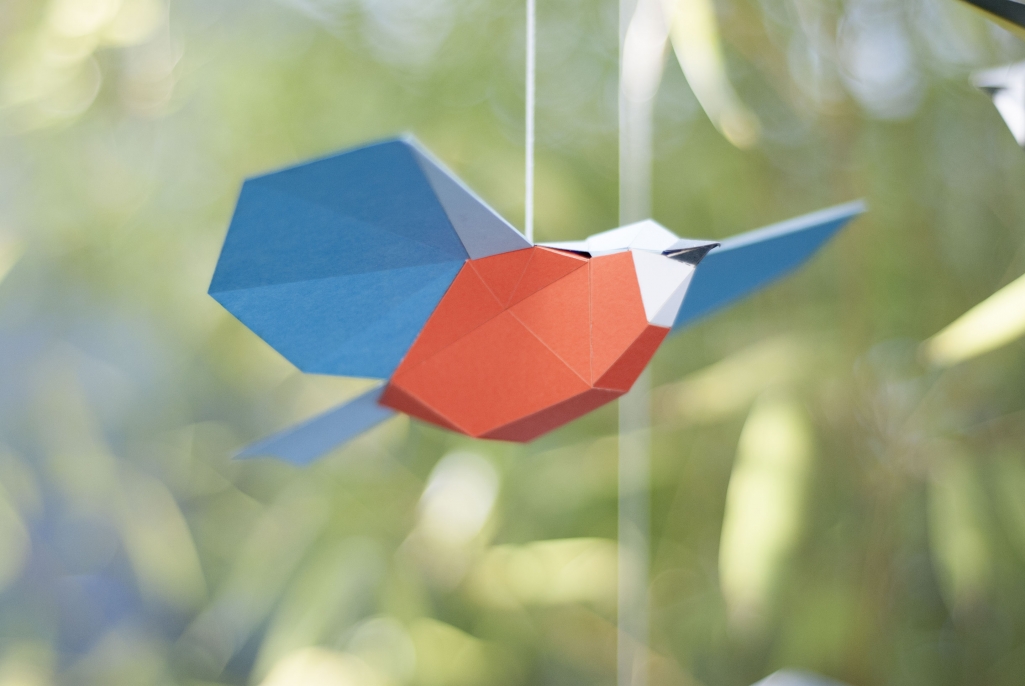
D&P: And what did you do to have fun growing up?
A.K.: Like many kids back then, I was very much into Lego and RC cars. But I also enjoyed other forms of crafting, painting and also spending time outdoors. Later on I got my first computer (a C64) and it all changed – for better or worse ;). Videogames and computer graphics came into my life and left a big impression on my further career. But in the end I am really happy I found a way to bring my digital and analogue crafting skills together to create something beautiful that I hope more and more people will enjoy.
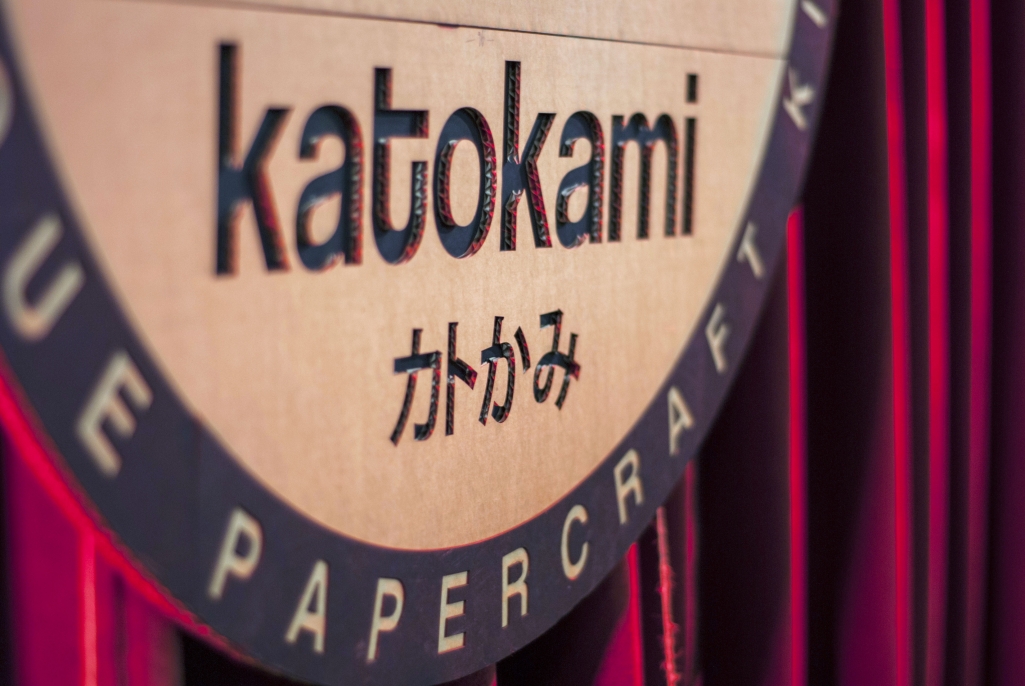
Thank you Alenxander for the interview!
Images © Katokami

